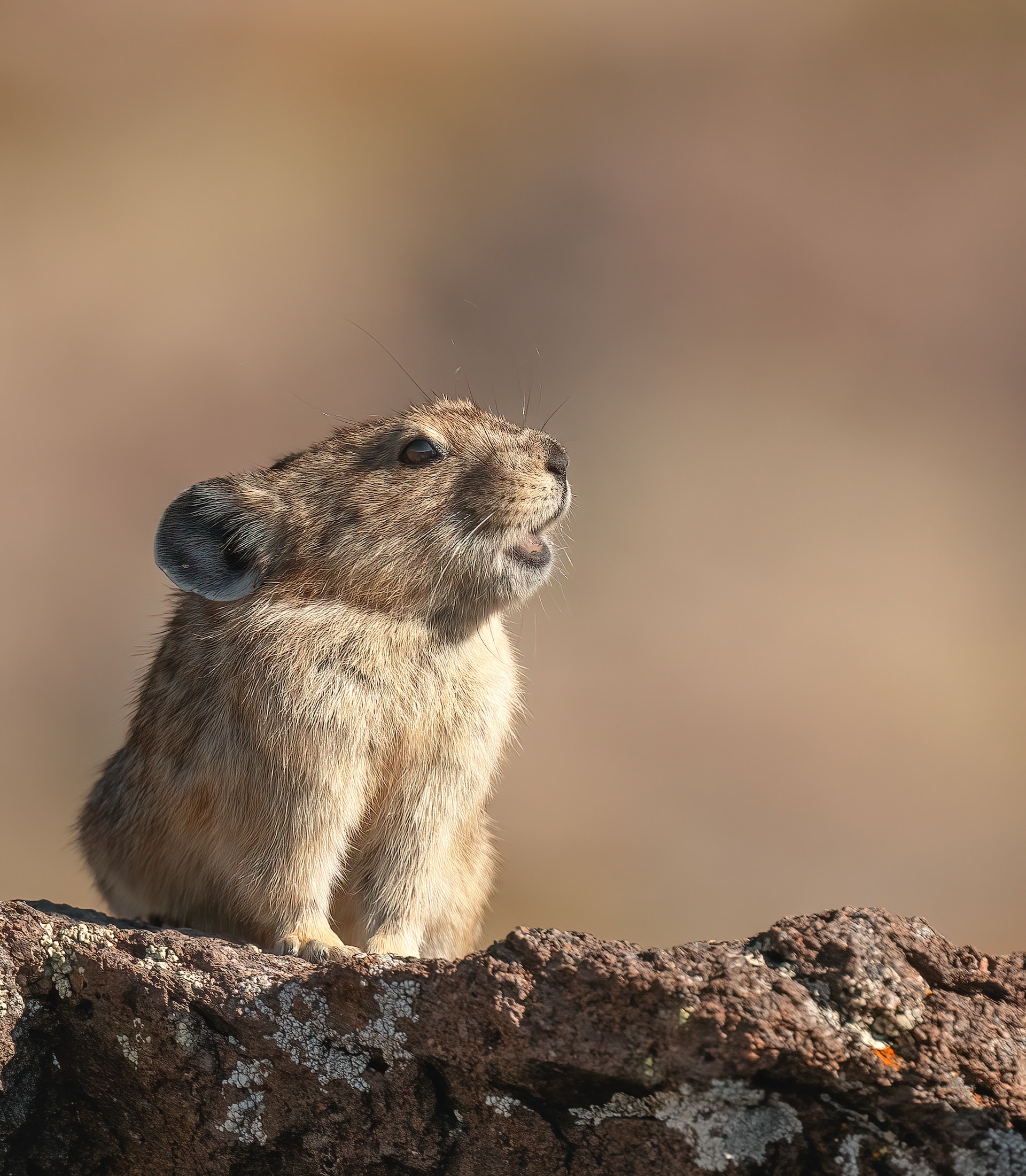Nestled amidst the majestic Rocky Mountains of Colorado, the charming town of Estes Park is not only a haven for outdoor enthusiasts but also a sanctuary for an adorable and resilient alpine creature – the pika. These charismatic small mammals, often referred to as “rock rabbits,” captivate both locals and visitors with their delightful antics and unique adaptations to the alpine environment. Join us as we explore the world of pikas and discover why they are an integral part of Estes Park’s rocky paradise.
Meet the Pika
Pikas (Ochotona princeps) are small, herbivorous members of the rabbit family found in high-elevation areas of western North America. Estes Park, with its elevation ranging from 7,500 to 8,000 feet above sea level, provides the ideal habitat for these adorable alpine residents. Known for their rounded ears, diminutive size (typically 6 to 8 inches long), and distinctive high-pitched “eep” calls, pikas are a beloved sight for locals and visitors alike.
Alpine Adaptations
Surviving in the harsh alpine environment requires special adaptations, and pikas have evolved some incredible features to thrive in this rocky paradise. Their thick fur and fur-lined ears help protect them from the cold temperatures, while their high metabolism allows them to stay active even during frigid winters. To escape the heat of summer, pikas retreat to the depths of the rock piles that dot the landscape, known as talus slopes, where temperatures remain cooler.
Unique Behaviors
Pikas are known for their industrious nature and can often be observed gathering vegetation and grasses during the summer months. They create haypiles by collecting and drying plants in the sun, which they then store within their rocky crevices to sustain them through the winter when food is scarce. This unique behavior is essential for their survival in the challenging alpine environment.
Conservation Challenges
Despite their undeniable cuteness and valuable role in the ecosystem, pikas face conservation challenges due to the impacts of climate change on their alpine habitats. As temperatures rise, pikas are forced to move to higher elevations to find suitable temperatures, eventually running out of habitat to retreat to. Additionally, reduced snowpacks and earlier snowmelt can affect their access to food during the critical summer months.
Community Conservation Efforts
Estes Park residents and conservation organizations have been proactive in protecting the local pika population and their habitat. Through educational initiatives, monitoring programs, and habitat restoration efforts, the community is working to raise awareness about the importance of preserving these alpine creatures and the ecosystems they inhabit.
Pika-Watching in Estes Park
For wildlife enthusiasts and visitors to Estes Park, observing pikas in their natural habitat can be a rewarding and memorable experience. Due to their preference for high-elevation areas, visitors can spot pikas on hikes and trails that lead to talus slopes and rocky areas. Be patient and keep a respectful distance to avoid disturbing these charming creatures and ensure their safety.
Responsible Wildlife Viewing
When observing pikas or any wildlife in Estes Park, it is essential to practice responsible wildlife viewing. Keep a safe distance and use binoculars or zoom lenses for a closer look without intruding on their natural behaviors. Remember that wild animals are just that – wild. Feeding or approaching them can have detrimental effects on their health and behavior.
Preserving Estes Park’s Rocky Paradise
As visitors and residents of Estes Park, we have a collective responsibility to preserve the natural beauty and biodiversity that make this town a Rocky Mountain paradise. By supporting local conservation efforts, practicing responsible outdoor recreation, and spreading awareness about the importance of protecting pikas and other wildlife, we can contribute to the sustainability of this alpine ecosystem for generations to come.
In conclusion, Estes Park’s rocky paradise is not just home to breathtaking mountain vistas and thrilling outdoor activities but also to the adorable alpine residents, the pikas. These charming creatures with their unique adaptations and industrious behaviors are an integral part of the ecosystem that makes Estes Park so special. By fostering conservation efforts and practicing responsible wildlife viewing, we can ensure that pikas continue to enchant us with their presence in this Rocky Mountain haven.

